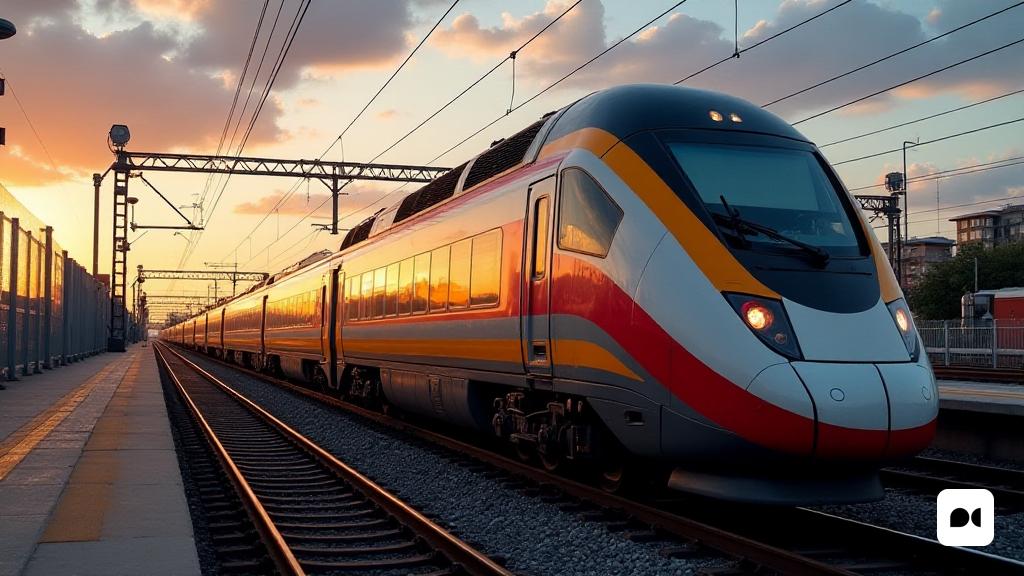A controversial investment
The implantation of the high -speed train system (AVE) in Spain has generated an intense debate on its profitability. Many believe that it has been one of the least efficient investments in recent decades, with a model that is based on a centralized and radial vision, predominant from Madrid.
Alarming data and dissatisfied users
With the second largest railway network in the world, only surpassed by China, Spain has to deal with a significant problem: a low volume of users per kilometer, resulting in a worrying deficit. In many cases, the revenue generated does not even cover maintenance costs.
The impact on local transport
One of the most worrying aspects is that the AVE prioritization has led to the negligence of the commuter network. Millions of passengers depending on a decent transport service are affected by this situation. Recently, data have been disseminated that indicate that most of the Adif budget for 2024 will go to the province of Madrid, leaving in the background other regions.
The reaction of the public
The perception that citizens are treated as passive beings in the face of public transport management is becoming more and more evident. In addition, the idea that most will not react to these abuses feeds a sense of widespread helplessness. Thus, the strategy of making traveling by train is free, although it may seem attractive, ends up silencing complaints about a service that does not meet expectations.
Alternatives and possible solutions
Private bus companies, which operate under the umbrella of public transport in Catalonia, have played a key role in filling the shortcomings of the state system. As the debate on Catalan independence continues, it becomes more clear that the lack of resources and care in rail transport affects not only Catalonia, but also to other autonomous communities such as Murcia and Segovia.
The role of the Generalitat
With a Catalan leadership that identifies with Spain, the Generalitat is limited to its ability to act to improve the situation of transport. This dynamic causes frustration among citizens, who want a more efficient and accessible transport system.
Final reflections
The current situation of the Spanish railway system reflects a complex and frustrating reality. With a system that seems designed to benefit a single region, it is vital that solutions are sought to meet the needs of all citizens, regardless of their location. The debate on public transport is not only limited to logistical issues, but also has deeper aspects of social cohesion and territorial justice.

